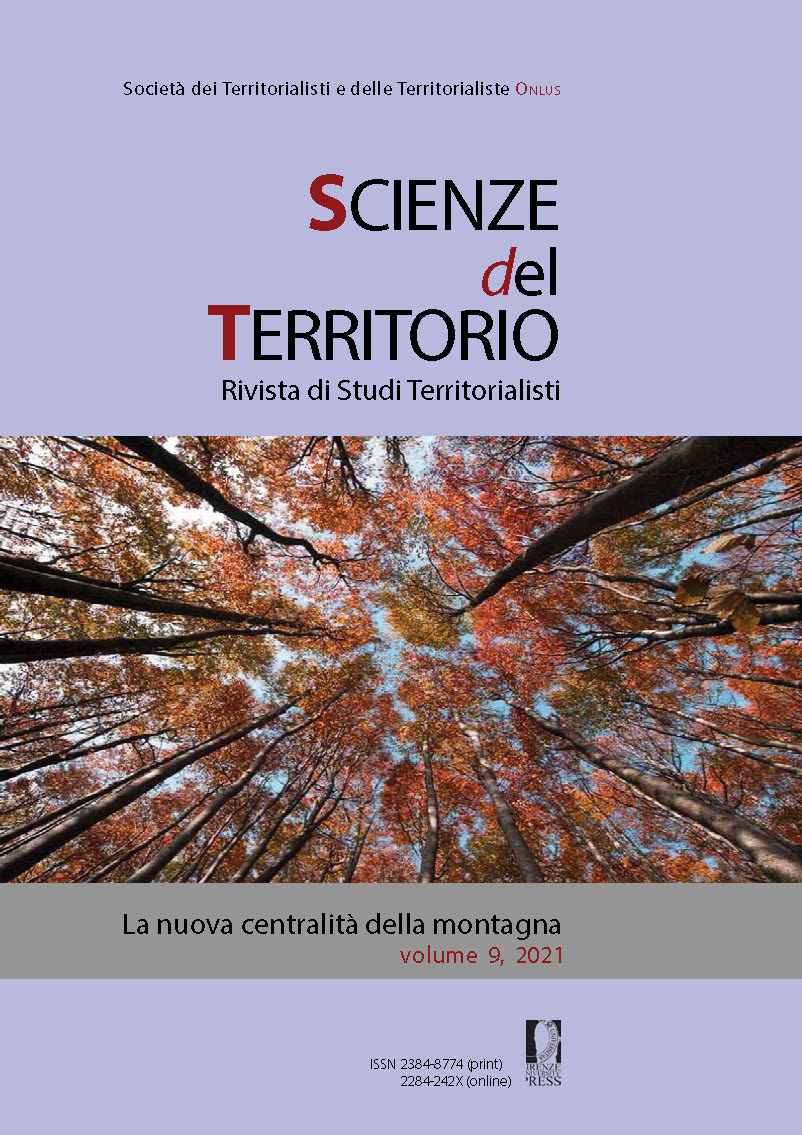Minoranze che innovano: Riqualificazione urbana come rigenerazione simbolica in un territorio alpino di confine
Published 2021-02-13
Keywords
- border,
- war,
- minority,
- urban redevelopment,
- symbolic regeneration
How to Cite
Abstract
In a little town in South Tyrol, a space comparable to four football fields summarizes the European history of the twentieth century. A large barracks was built by the fascist regime after the end of the First World War and the displacement of the Italian border to Brenner, during the years of forced Italianization of the German-speaking South Tyrolean population. Occupied by Nazi troops on the night of September 8, 1943, after the end of the Second World War the barracks joined the NATO defensive system against invasions by the USSR and the Warsaw Pact armies. After the breaking down of the Berlin Wall and the dissolution of the Soviet Union, the entire military settlement was abandoned. The barracks is now at the centre of an important urban redevelopment and regeneration project. The operation plan initially involved total demolition, but in the wake of an intense public debate, it has been decided to keep a building and transform it into a centre for social innovation and creative activities. Thus, a building loaded with the memory and the complex legacy of a negative and divisive past becomes something completely different also in symbolic terms, open to the future and the interaction among cultures, in a path involving the whole community.


